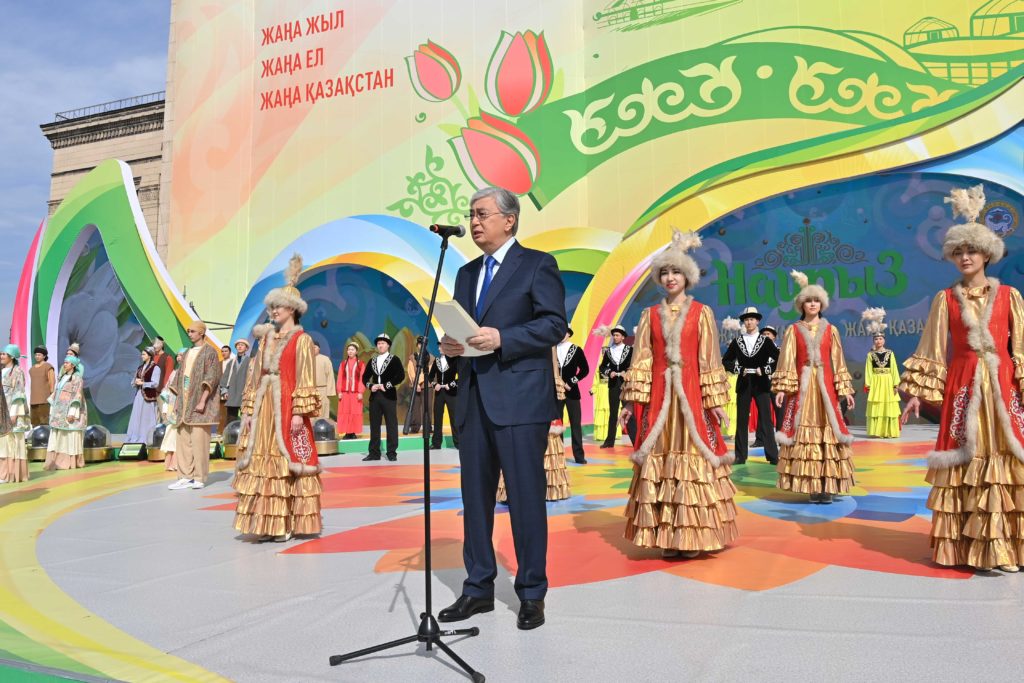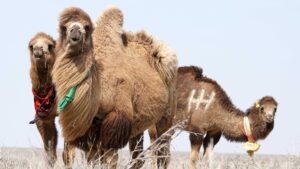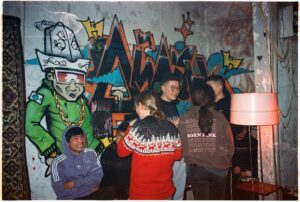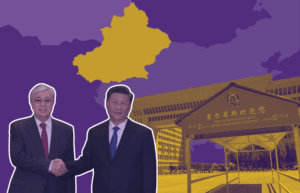In Central Asia, the beginning of spring is traditionally marked by Nowruz, also known as ‘Persian New Year.’ Typical holiday celebrations include horse games, family visits, and large feasts. But Nowruz is not only fun and games. As political leaders seek to break with their countries’ colonial past, Nowruz remains a popular tool in the quest for regional identity.
A faint smell of grass in the air, blue skies yet barren trees. In the outskirts of Bishkek, hundreds of supporters cheer as twenty-some men on horseback compete over a goat carcass. The date is March 21, and it is the first day of spring, an occasion that is marked by a region-wide holiday known as Nowruz. But not all Nowruz celebrations are as spectacular as the traditional polo-like horse game Kok Boru played at the Bishkek hippodrome.
The lead up to Nowruz is possibly just as important as the holiday itself. Regional differences aside, most people in Central Asia start preparing for Nowruz with a spring cleaning of their homes. Others repay their debts or reconcile with enemies to start the new year with a clean slate. On Nowruz itself, the day of the spring equinox, people dress up and spend time with family, friends or neighbours. Food and drinks are especially important and, in most countries, a centuries-old tradition prescribes that ‘sumalak’ is made. This incredibly sweet dessert is made from sprouted wheat.
The Zoroastrian roots of Nowruz
But enough with the customs and traditions – Nowruz is not only fun and games. This holiday has a political element to it as well. In the past, different rulers and colonisers have tried to suppress Nowruz. To explore the modern-day politics of Nowruz, it is essential to delve deeper into its history. Nowruz is also called ‘Persian New Year,’ a name that reveals this holiday’s Iranian roots. Although the exact origin story of Nowruz remains shrouded in mystery, most historians agree that Zoroastrianism was the driving force behind it.
Zoroastrianism is the world’s oldest monotheistic religion and is based on the teachings of Zoroaster, an Iranian prophet. Central to this religion is the battle between Good and Evil, often framed in terms of light and darkness. In this regard, it is clear to see why Nowruz is so important to Zoroastrians, as the arrival of spring generally brings warmer weather and longer days. The Zoroastrian roots of Nowruz also explain the holiday’s popularity in Central Asia. Many experts claim that Zoroaster, the religion’s founder, was a native speaker of Avestan. This Persian dialect was predominant in an area stretching from eastern Iran to Tajikistan and Uzbekistan. In short, Zoroastrianism, with all its customs and traditions, has ancient roots in Central Asia and might even have originated there.

A quintessential Central Asian holiday
Yet, contemporary Nowruz celebrations in Central Asia are not the same as they were thousands of years ago. They have been shaped by the unique geography of the region, as well as the peoples that came to inhabit Central Asia as the result of migration, invasion and (forced) assimilation. Historically, Nowruz has been associated with Greater Iran. Since antiquity, cities like Samarkand and Bukhara had been important centres of Persian culture and language. Until this day, a majority of the people living in these two cities still speak the Tajik dialect of the Persian language. But with the Muslim conquest of Central Asia and the influx of Turkic and Mongol tribes from the north, this Persian cultural dominance started to wane.
Read more on Novastan: Four Central Asian cultural practices newly inscribed on UNESCO’s Intangible Cultural Heritage List
With new rulers came new cultural influences. Some of these conquerors initially tried to suppress local customs and traditions like Nowruz. But neither Muslim leaders nor Turco-Mongol warlords such as Timur succeeded in abolishing ‘Persian New Year’. Instead, they embarked on a more successful approach of co-adaptation by integrating some of their own folklore into already existing cultural practices. That is why today, Nowruz in Central Asia is characterised by both nomadic traditions, such as Kok Boru, and Persian influences like the drinking of sumalak.
Colonisation and suppression
When the Russian imperial armies came to colonise Central Asia in the late 19th century, however, things changed. In modern-day Uzbekistan, the Russians had left the Emir of Bukhara as a local figurehead. To save face and strengthen his political legitimacy, the annual Nowruz celebrations were an excellent opportunity to show off. The emir even invited circus artists from European Russia to perform. But among the local population, popularity of Nowruz decreased. When the Soviets took over and annexed Central Asia after the Russian civil war, this trend continued. In the cities, Soviet engineers and urban planners redesigned public space, destroying centuries-old neighbourhoods in the process. This severely affected the social fabric of towns and cities throughout the region, hampering holiday preparations.
Read more on Novastan: “Hymns of Blood” – Tajik short stories from Perestroika
Moreover, during Soviet times, Nowruz was banned for years as it was seen as a religious holiday. Only after Soviet orientalists and ethnologists reframed it as pre-Islamic, celebrations were allowed once again. Especially since the collapse of the USSR, the popularity of Nowruz has increased spectacularly.
Nowruz as a political tool
Historically, Nowruz in Central Asia has always been subject to the political whims of local rulers. In the present day, this is no different. Nowruz encapsulates Central Asian histories, cultures, and geography. Hence, holidays like these can be instrumentalised by politicians and others who seek to break with the legacy of the Soviet-colonial past in a quest for regional and national identity. During the rule of late president Islam Karimov in Uzbekistan, for example, some government officials favoured Nowruz over Gregorian New Year. They even “issued instructions to stop holding end-of-year parties.” Holidays other than Nowruz were deemed “contrary to Uzbek culture.” Only after Karimov died and his successor President Shavkat Mirziyoyev took over in 2016, bans and constraints on celebrating Western-style New Year were relaxed.
Read more on Novastan: Central Asia and Russia: an ever-changing relationship
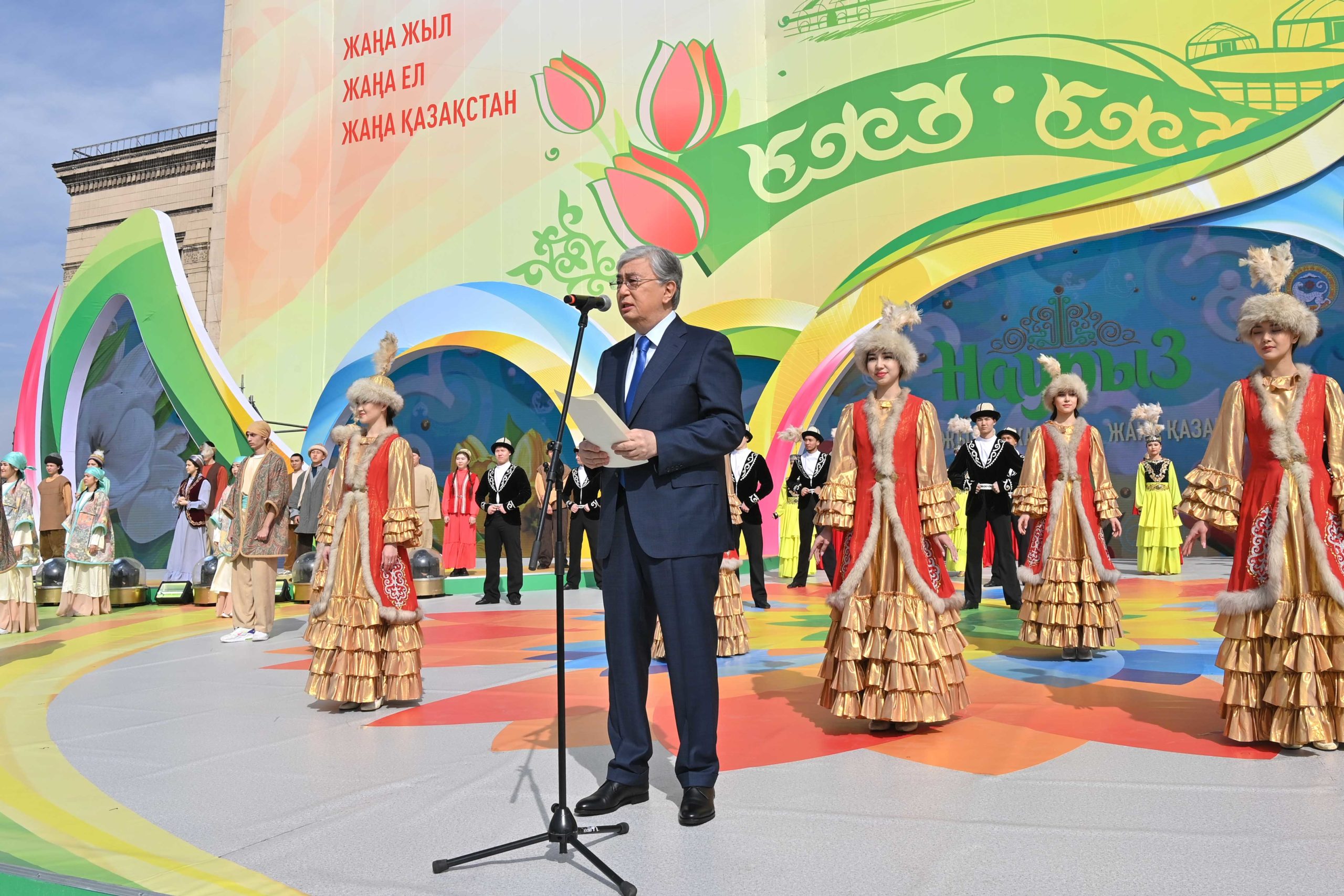
In Kazakhstan too, political leadership has rediscovered Nowruz as a way to strengthen legitimacy. In a move reminiscent of the Emir of Bukhara, current president Kassym-Jomart Tokayev has proposed several reforms with regard to Nowruz. These reforms include extending the national holiday to a whopping ten days instead of the usual four, as well as a proposal to deepen Nowruz’s spiritual and moral meaning. In 2022, Tokayev was re-elected president amid hopes and promises of political and societal reform. Some analysts argue that his plans are an attempt to break with the legacy of Tokayev’s predecessor, Nursultan Nazarbayev. But the low turnout of the recent parliamentary elections in Kazakhstan, just before Nowruz, illustrate that initial enthusiasm about reforms has somewhat subsided.
With deep historical roots in Central Asia, however, Nowruz is likely to remain a popular tool for identity politics as national leaders seek to navigate the future by cherry-picking from the region’s pre-colonial past.
Written by Julian Postulart
For more news and analysis from Central Asia, follow us on Twitter, Facebook, Telegram, Linkedin or Instagram.
 Beyond fun and games – the politics of Nowruz
Beyond fun and games – the politics of Nowruz 
